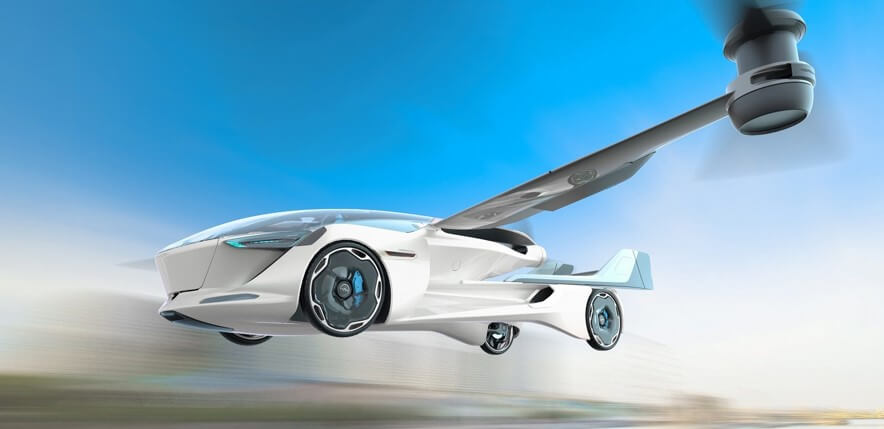Might Flying Cars Soon Take to the Skies?
Many of us have fond memories of watching television reruns such as The Jetsons when we were younger. One of the most interesting concepts that such programs envisioned was the notion of a flying car. In fact, this very same idea has been addressed by automotive engineers for decades. Most fell far short of the mark. However, this might soon be about to change thanks to massive leaps forward in technology. Why might the notion of a flying car cruising through campus be more of a reality than you choose to believe? Let's take a quick look at what technological innovations could help the average vehicle take to the skies.

The Engines Themselves
One of the most difficult tasks for engineers to tackle involves how the engines of any flying car are configured. In most cases, they will be required to take off like a rocket and be used like a jet once the car has become airborne. One concept which has gained a great deal of ground is known as directional thrust (used on some military aircraft such as the Harrier). Engines will be mounted symmetrically on various portions of the vehicle in order to provide the driver with a balanced sense of control. The use of multiple engines also ensures that the car will not crash if one encounters a problem during flight.
Gesture Controls and AI Technology
The other major component within flying cars of the future will be the presence of smart computer systems. The role of artificial intelligence (AI) is set to have a massive impact upon the notion of a flying car. This arises from the fact that such vehicles can be very difficult to control. After all, it is ridiculous to expect every driver to obtain a pilot's license. AI will provide more precise control over the vehicle than would ever be possible with human touch alone.
Speaking of human touch, another experimental leap forward involves gesture controls. These controls employ a series of cameras that are able to interpret specific motions such as those of the hands, head, or feet. In other words, the driver might be able to change the direction of a flying car simply by adjusting the position of his or her head. The same holds true for aerial-specific commands such as banking, ascending and descending. In the event that gestures are incorrect or too sharp, the computer will simply take over so that the safety of the car and its occupants is ensured.
Sooner Rather than Later?
The final question involves when we might see flying cars enter into the marketplace. While the technology does indeed exist, we must also remember that issues such as traffic rules and highway corridors have yet to be fully addressed. Would you like to learn more? In this VERTI infographic you can see the car evolution over the years until the flying car arrives. Flying cars might not be as much of a fantasy as you initially believed!
839GYLCCC1992



Leave a Reply